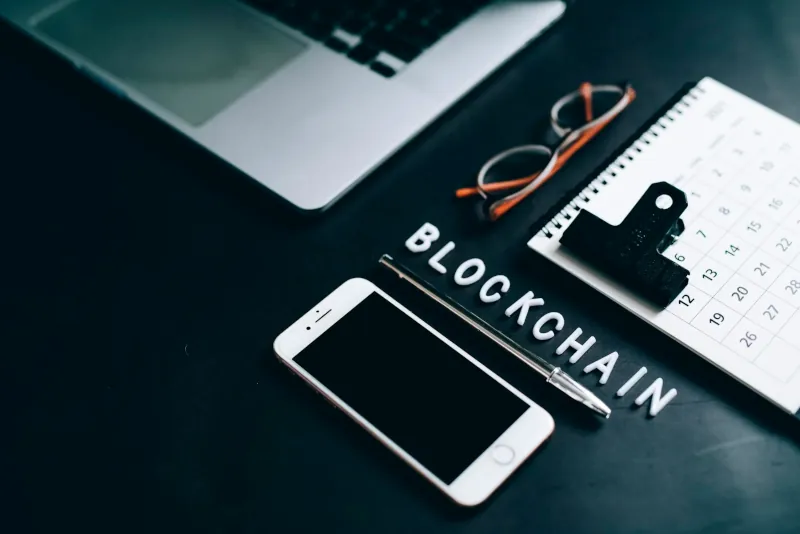Welcome on Newsfromtech, the blog where you will always find the latest news and interesting trends about the tech world. In this article, we will discuss emerging technologies in Education: by now, you realize that we live in an era of technological advancement in every field. Obviously, digital technologies are not new, but their development is faster than ever, and it is crucial to know all its implications. AI systems, for example, have already reached a level of maturity that allows the existence of products that the general public can use to do some human tasks easily and, sometimes, even better. So, in this scenario, it was impossible for Education not to get involved, just as in all other industries and fields.
So, let’s explore together how learning models are evolving to meet the digital age and new learners’ needs thanks to emerging technologies in Education. We will see how technologies can revolutionize Education with machine learning, virtual, augmented reality, gamification, and blockchain technology. This shift has made learning easier and more engaging, with the possibility of developing personalized educational experiences. So now we want to deepen the topic and discover new frontiers of learning. Want to do it with us? Keep reading, then!
A List Of The 4 Main Emerging Technologies in Education
First things first: Why is the education industry experiencing such a deep transformation?
The answer probably lies in a shift in the way we conceptualize teaching and learning. Think about it: we don’t need to confine learning to the physical barriers of traditional classrooms. Education is more and more decentralized and accessible because emerging technologies are breaking down these barriers. They offer immersive and interactive experiences that go beyond geographical boundaries. Whether it’s a student exploring the depths of outer space through virtual reality or a professional earning a certification through blockchain-enabled credentialing, the possibilities are truly limitless, and now we are going to know this technology with a useful close-up.
1. Artificial Intelligence And Machine Learning
How not to start from AI? It’s on everyone’s lips! But what about its use in education? Artificial intelligence and machine learning technologies are revolutionizing learning models, especially because they provide students with personalized learning experiences. But it is not only that: they help automate administrative tasks or enable data-driven insights. You can use AI-powered adaptive learning platforms to analyze students’ learning patterns and preferences: this will allow you to deliver customized content and assessments, with particular attention to each student’s learning needs and characteristics, which was not possible before and will enhance learning outcomes. AI algorithms also facilitate intelligent tutoring systems, offering real-time feedback and assistance to students who can enjoy a more supportive learning environment.
For what concerns machine learning instead, algorithms allow predictive analytics that help to identify students who are not performing well and intervene proactively. In this way, machine learning helps teachers and institutes to improve retention rates and student success. Moreover, with machine learning, it is possible to automate routine administrative tasks such as grading, scheduling, and course planning, and by combining it with AI, educators can streamline workflow processes and focus more on instructional activities or interactions with students.

What About virtual and augmented reality instead? Read the next paragraph to know more about how they are influencing learning.
2. Virtual Reality And Augmented Reality
Virtual reality (VR) and augmented reality (AR) are transforming traditional classrooms into immersive learning environments. And guess what? Students of all ages, particularly the youngest ones, appreciate the high level of engagement in the educational activities because they perceive them less as a duty and more as an opportunity to play. With VR simulations, learners can explore virtual worlds where they conduct experiments or practice complex skills in a safe and controlled setting. When you can actually see a historical landmark or science experiment in action and simulate it, you can understand it and remember it more easily. For example, the new Meta vr 3 has now become very popular, also because it is quite accessible considering what it can do.
On the other hand, augmented reality is used to overlay digital content onto the physical world: this means having the possibility of enriching learning experiences through interactive elements or contextual information. AR applications can help students visualize abstract concepts and, most of all, collaborate on projects in real time. This is particularly useful to stimulate creativity and critical thinking and support students in learning how to work efficiently in a team!

Now, you have probably already heard about the next interesting emerging technology in Education…we are talking about Gamification applied to learning environments: a true differentiator to make the learning experience as engaging as possible.
Read more about it in the next paragraph.
3. Gamification and Game-Based Learning
Gamification means using mechanisms typical of games (video games in particular), such as points, levels, prizes, virtual goods, and rankings in a different field. One of these fields can be education since these mechanisms boost motivation and can contribute to experiencing a sense of achievement because they encourage students to compete with peers and do their best to succeed. You don’t need all of the elements mentioned above to successfully gamify a learning activity; you can select the ones that help you meet the learning objectives of a specific course.
For example, you can use badges or leaderboards: badges are useful to acknowledge students’ work when they achieve specific levels of success on assignments. Leaderboards, instead, can be useful to showcase the distribution of points accumulated by the students and enhance the sense of healthy competition. Game-based learning environments can also use interactive simulations, quizzes, or educational games to reinforce concepts and promote problem-solving skills. So, if you are an educator, consider improving active participation and motivation during classes with these mechanisms. You can also learn more about other gamification tools for learning.

After talking about gamification, we want to discuss the last (but not least!) emerging technology that is revolutionizing learning and continues to open new frontiers and opportunities. Keep reading to know more about Blockchain applied to education!
4. Blockchain Technology
Blockchain technology can revolutionize education, especially when considering credentialing, certification, or academic records management. Blockchain technology can help institutions secure students’ data and keep track of their credentials and certificates. In this way, institutions can guarantee a decentralized organization that ensures security, transparency, and integrity, building a strong relationship based on trust with educators and learners. To better understand how blockchain technology can improve learning methods, just think about record-keeping and smart contracts.
In the case of record-keeping, blockchain technology promises long-overdue changes to this practice because different educational documents, such as diplomas, certificates, or credentials, can be verified and kept on file automatically.
A key aspect of Blockchain Technology is the use of decentralized protocols that can make interaction between students and institutions smoother. In fact, these protocols define rules and standards that facilitate the operation of applications without the need for centralized intermediaries. We can make an example quoting Smart Contracts.
Smart Contracts are self-executing contracts, programmed to ensure that the terms of agreements are met or unmet and, based on that, that a resulting action is taken. If we think about smart contracts applied to education, students can quickly access their records and securely share them with potential employers, avoiding cumbersome background authentication checks.

So, What Can We Expect From These Emerging Technologies?
As we saw, emerging technologies in education offer students access to high-quality, personalized learning experiences while streamlining administrative processes for educators and institutions. These technologies facilitate the development of customized learning paths tailored to individual students’ needs, preferences, and learning styles. Additionally, certain technologies provide secure, transparent, and tamper-proof systems for managing administrative records, enhancing efficiency and accountability. However, it’s crucial to acknowledge that successful integration of these technologies demands significant effort from students, educators, and institutions alike, particularly in fostering collaborative usage while upholding principles of equity.
As these innovative learning methods are integrated, technological advancements continue to evolve, promising further enhancements in teaching methodologies, learning outcomes, and educational accessibility. As we conclude our article, we want to underline that all this means that in this dynamic landscape, it’s imperative to remain adaptable and proactive in embracing new learning techniques while prioritizing data security and privacy considerations. How? By staying informed and continuously studying these advancements, we can ensure the delivery of optimal learning experiences while safeguarding the integrity of educational processes.
Thanks for reading so far and please come back to Newsfromtech: we will continue to publish interesting articles about new technologies, and I hope to see you here again soon!


0 Comments